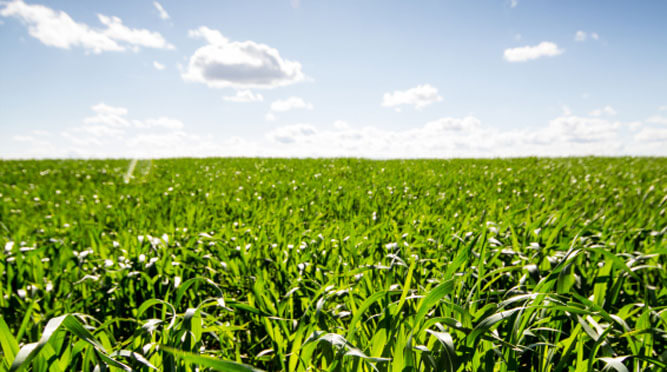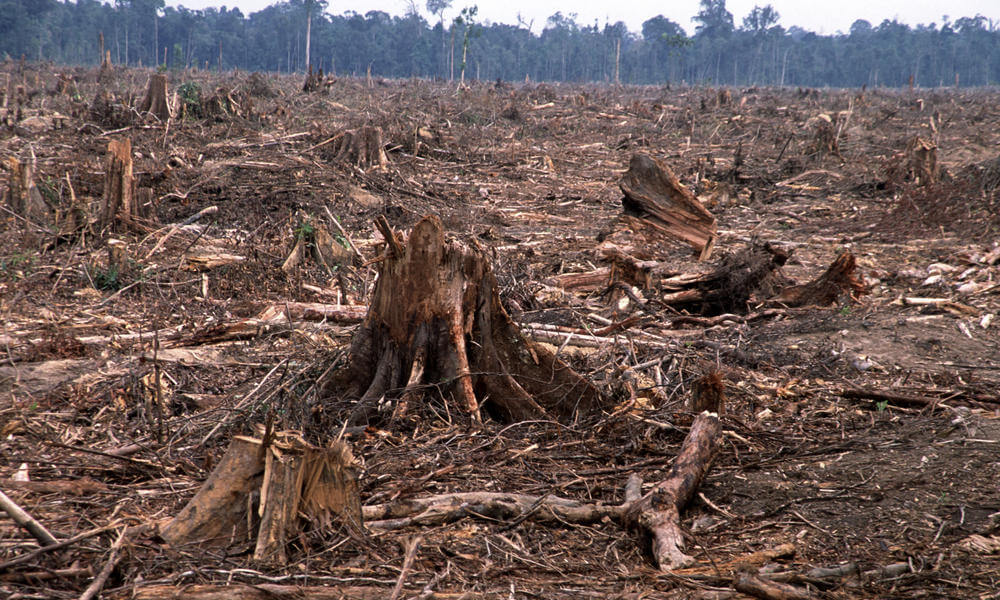Dear Reader, welcome to my blog!
Biofuels are increasingly attracting attention from companies that seek to reduce their CO2 emissions and dependency on fossil fuels. There are various crops used as biofuels around the world such as sugarcane, palm (oil), soy and corn. The most common biofuel in the US is ethanol derived from corn.
Conventional fuels such as gasoline and diesel are ancient biofuels. They are called fossil because they are formed by decomposed plants and animals that have been buried in the ground for millennia while biofuels are made from crops grown today. In fact, according to National Geographic biofuels have been around as long as cars have and auto makers such as Ford planned to fuel their early cars with ethanol. However, discoveries of huge petroleum reserves and their economic advantages got the biofuels forgotten.

The advantage of Biofuels is that they release less CO2 when burned compared to fossil fuels. It is argued that this CO2 emission is balanced by regrowth of these crops. Seemingly, the amount of CO2 emitted by burning these are absorbed by the crops being grown for biofuels.
Another important benefit of using biofuels is that they are compatible with internal combustion engines of most cars. This allows transitioning to these fuels without making substantial infrastructure changes (vs. electric cars).
Well, from this perspective biofuels seem environmentally friendly and convenient to use. However, we discover a huge controversy when we look a few layers behind the process. Firstly, plants absorb CO2 via photosynthesis, so they are crucial to fight the human induced global warming threat. Second, agricultural land used for food would not be used for biofuel purposes because food demand is also increasing. Therefore, we need more land to grow these fuels crops.
Moreover, the crops needed to grow biofuels need cultivatable land. This land is either where trees, plants, etc. are already growing or previously infertile land made cultivable (which requires capital and effort). So when forests such as the forest in Borneo are destroyed to grow biofuel crops we end up emitting a huge amount of carbon dioxide into the air. Not only are we destroying a carbon sink that is essential to our sustainability as human race but also we are releasing the huge amount of carbon stored in the plants into the atmosphere as CO2 which is much greater than the carbon that biofuels save. Unfortunately, it takes centuries to compensate that loss.

Ironically, biofuels are mostly perceived as “green”, I highly doubt that. On the other hand, it is environmentally alleviating to make land previously infertile eligible for cultivation to grow biofuels. But how many of viable options do we have for doing this in our current geography? Furthermore, one could argue that it might be better to use that land for food purpose agriculture since the food demand is rising with the population growth. Another drawback of biofuels is that it takes up more energy to produce (planting, growing, processing) then the energy it generates.
I believe that focusing on alternative renewable energy generation methods that impose less risk on forests is necessary to facilitate the energy supply transition for the future.
Thank you fro reading my blog, see you in the next post!
References:
https://www.nationalgeographic.com/environment/global-warming/biofuel/
https://news.stanford.edu/news/2009/february18/biofuels-rainforest-destruction-gibbs-021809.html
https://www.nature.com/scitable/blog/eyes-on-environment/the_biofuel_controversy
Published on March 30th, 2018
Last updated on April 1st, 2021

